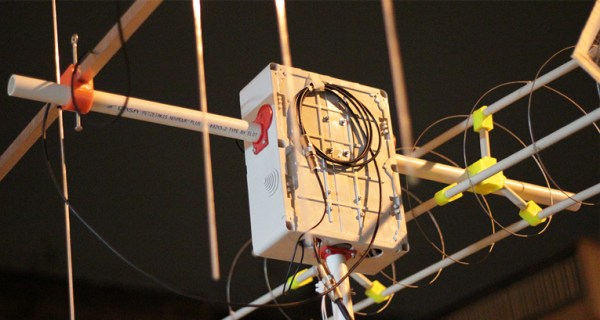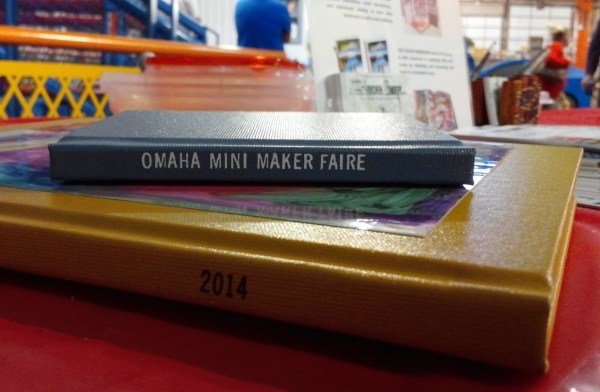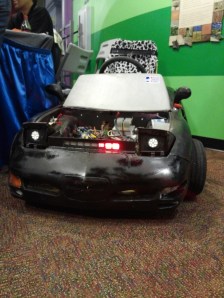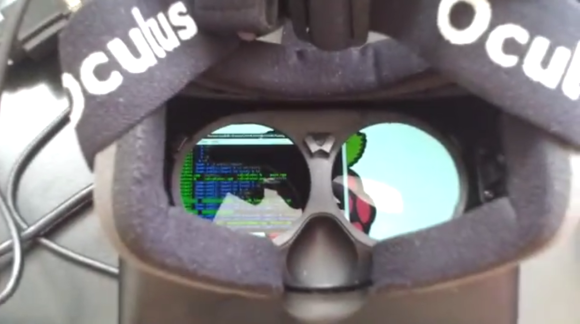There are astonishing things you can do with a network of sensors spread across the globe, all connected to the Internet. Thousands of people have already installed hardware to detect lightning and flightaware gives out subscriptions to their premium service to anyone who will listen in to airplane transponders and send data back to their servers. The folks behind SatNOGS, one of the five finalists for The Hackaday Prize are using this same crowdsourced data collection for something that is literally out of this world: listening to the ever-increasing number of amateur satellites orbiting the planet.
There are dozens of cubesats and other amateur satellites flying every year, and they have become an extremely popular way of experimenting in a space environment, giving some budding engineers an awesome project in school, and testing out some technologies that are just too weird for national space agencies. The problem with sending one of these birds up is getting the data back down; a satellite will pass above the horizon of a single location only a few times a day, and even then for only minutes at a time. The SatNOGS team hopes to change that by planting receivers all around the globe, connecting them to the Internet, and hopefully providing real-time telemetry from dozens of orbiting satellites.
[Pierros] from the SatNOGS team was kind enough to sit down and answer a few questions for us about his entry to The Hackaday Prize. That’s below, right after their finalist video. Some of the SatNOGS team will also be at our Munich event where we announce the winner of the Prize.
Continue reading “Hackaday Prize Finalist: A Network Of Satellite Ground Stations”





 The representatives of the [
The representatives of the [












